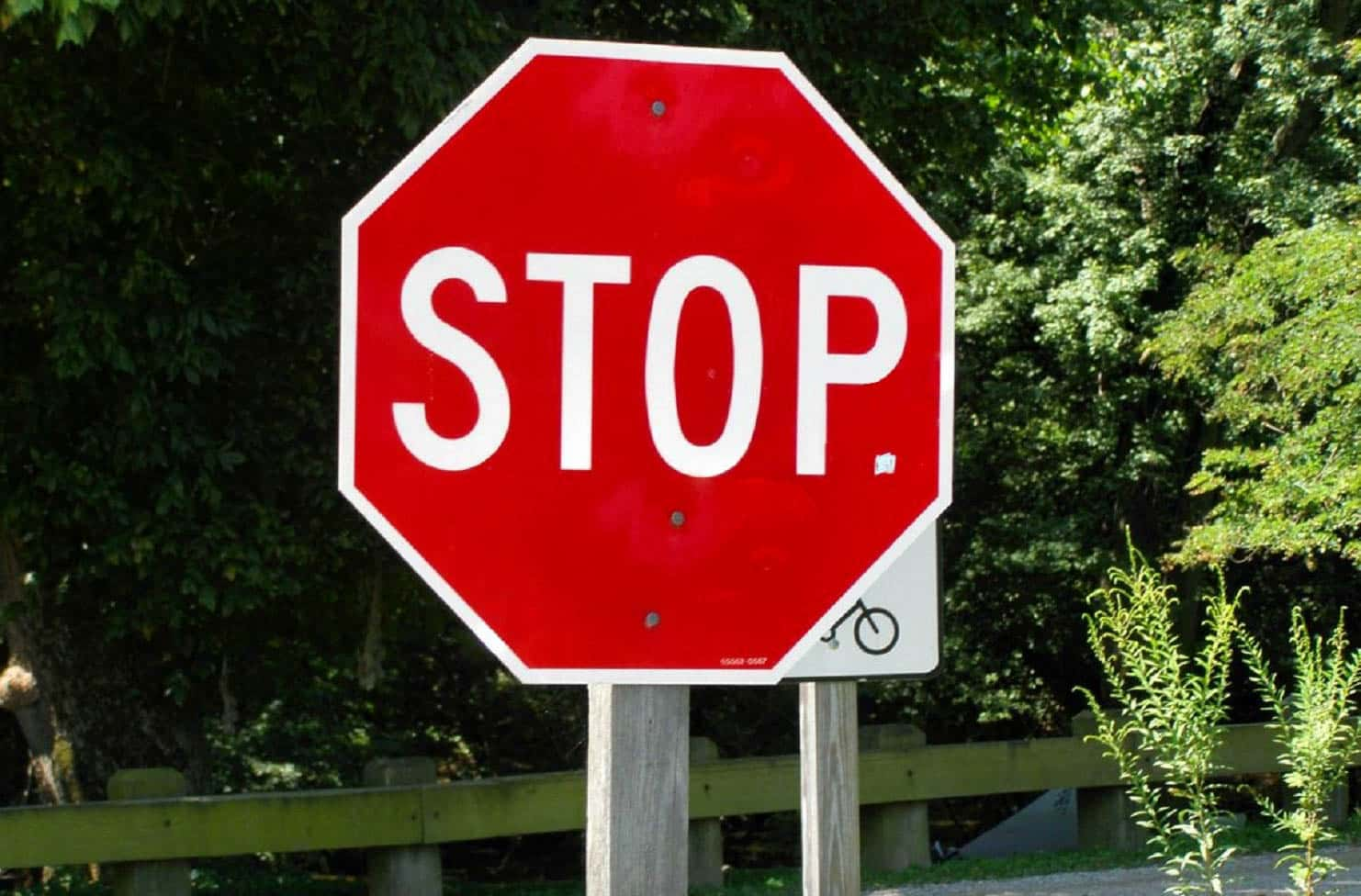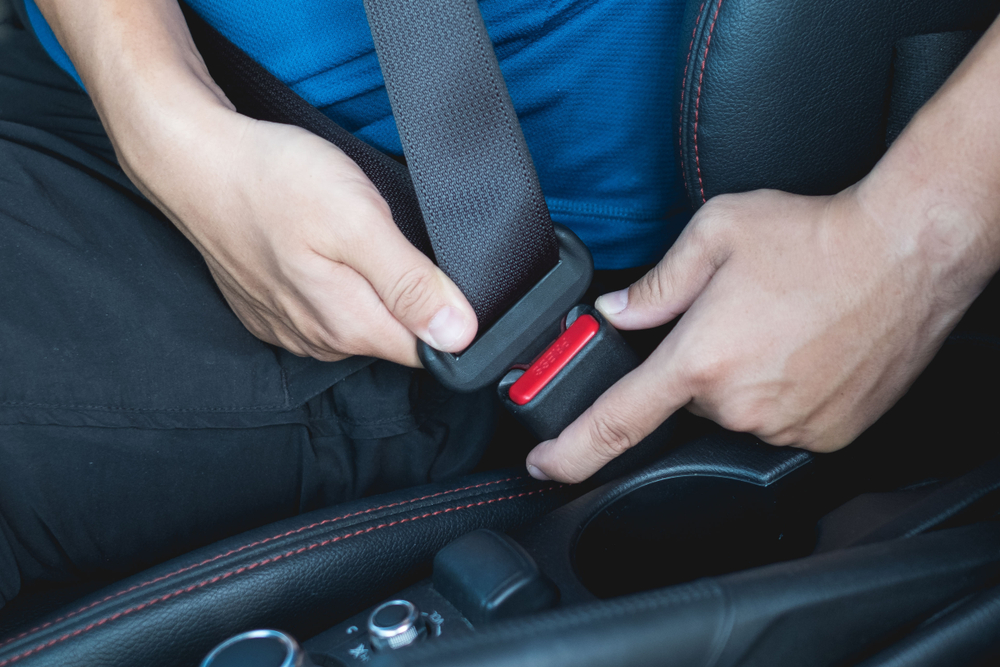Dangerous Habits Drivers Need to Break

Driving is a responsibility, one that requires undivided attention and careful decision-making. Unfortunately, over time, many drivers become complacent or adopt hazardous habits behind the wheel, endangering themselves and others on the road. Here's a closer look at some of the most dangerous driving habits that have become all too common.
1. Distracted Driving
Perhaps the most prevalent and hazardous of all, distracted driving includes activities like texting, calling, adjusting the radio, eating, or even applying makeup while driving. Mobile phones, in particular, have dramatically increased the risk. Taking your eyes off the road for even a few seconds can lead to catastrophic consequences.
2. Driving Under the Influence
Despite decades of public service announcements and campaigns, driving under the influence of alcohol, drugs, or prescription medication remains a significant concern. It impairs judgment, reaction times, and motor skills, turning vehicles into potential lethal weapons.
3. Speeding
While it might be tempting to push the speedometer's limits, especially on open roads, speeding reduces the driver's ability to steer safely around curves, extends the distance required to stop a vehicle, and increases the severity of crashes.
4. Tailgating
Driving too closely to the car in front doesn't just intimidate other drivers; it leaves little room for reaction if the leading car stops suddenly. The safe following distance should be at least three seconds on a dry road.
5. Running Red Lights and Stop Signs
Rushing through intersections or blatantly ignoring traffic rules might save a minute or two, but the risk it poses is monumental. Intersections are hotspots for collisions, and respecting traffic lights and signs is paramount.
6. Improper Use of Turn Signals
Turn signals are simple yet vital tools for communicating intentions on the road. Failing to use them correctly can confuse other drivers and lead to preventable accidents.
7. Drowsy Driving
Driving while feeling drowsy or fatigued is as dangerous as driving drunk. Sleep deprivation can slow reaction times and cloud judgment, making accidents more likely.
8. Road Rage
 Krakenimages.com, Shutterstock
Krakenimages.com, Shutterstock
Anger and aggressive driving, whether expressed through speeding, tailgating, or hostile gestures, can escalate situations and lead to dangerous confrontations or decisions on the road.
9. Not Wearing Seatbelts
A fundamental safety practice that some neglect is wearing seatbelts. These belts drastically reduce the severity of injuries in the event of a crash.
10. Incorrect Mirror Adjustments
Poorly adjusted mirrors create blind spots. Drivers should ensure that side and rearview mirrors are positioned correctly to have a comprehensive view of the road behind and alongside them.
In conclusion, driving is a privilege and a responsibility. Avoiding these dangerous habits not only ensures the safety of drivers but also contributes to safer roads for everyone.
It's crucial to remain conscious of our actions and decisions every time we get behind the wheel, recognizing the profound impact they can have on our lives and the lives of others.
















